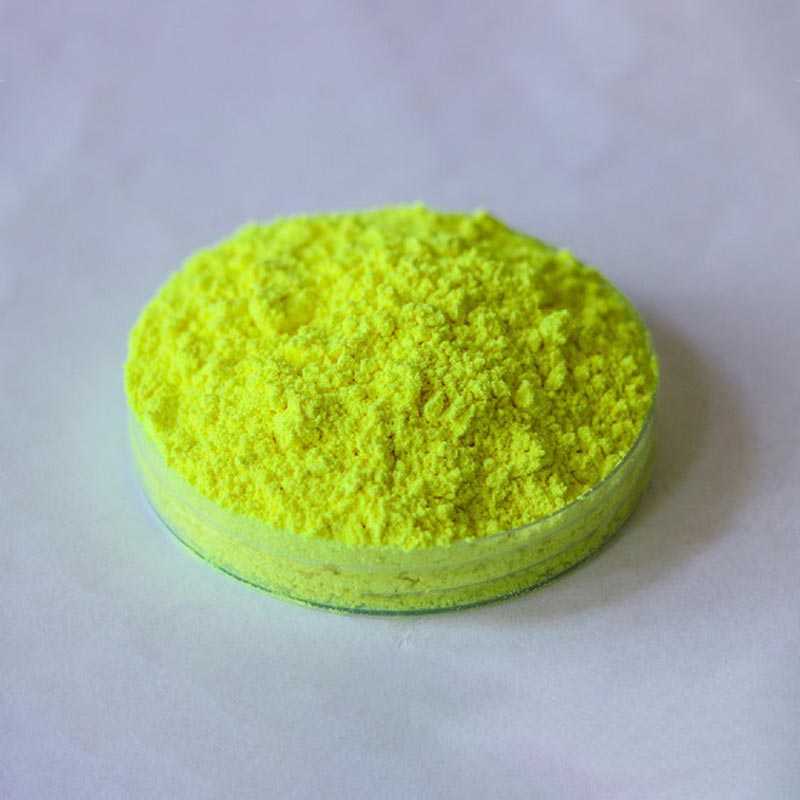Can Optical Brighteners Be Used in Plastic Manufacturing
2025-09-03
Absolutely. Optical brighteners are highly effective additives used in plastic manufacturing to enhance visual appeal. These compounds absorb invisible ultraviolet light and re-emit it as visible blue light, making products appear brighter and whiter. This is especially valuable for offsetting the natural yellowing or dullness that can occur in many polymers during processing or after UV exposure.
At TONGGE ENERGY, we provide high-performance optical brighteners designed to meet the rigorous demands of the plastics industry. Our products ensure your plastics achieve exceptional brilliance and long-lasting whiteness.
Key Product Parameters of Our Optical Brighteners:
Our TONGGE ENERGY optical brighteners are engineered for superior performance. Key parameters include:
-
High Thermal Stability: Withstands processing temperatures exceeding 300°C, making them ideal for various plastics like PP, PE, ABS, and PS.
-
Excellent Dispersion: Ensures even distribution within the polymer matrix, preventing speckling and ensuring a uniform brightening effect.
-
Superior Light Fastness: Provides excellent resistance to UV degradation, ensuring the brightening effect lasts for the product's lifetime.
-
Low Recommended Dosage: Typically, only 0.01% to 0.05% by weight is needed to achieve the desired effect, making it highly cost-effective.
The following table summarizes the compatibility and key benefits:
| Polymer Type | Recommended Dosage (%) | Key Benefit |
|---|---|---|
| Polypropylene (PP) | 0.01 - 0.03 | Counters yellowing, enhances whiteness |
| Polyethylene (PE) | 0.02 - 0.05 | Improves brightness in films and containers |
| ABS | 0.03 - 0.05 | Delivers a brilliant, high-gloss finish |
| Polystyrene (PS) | 0.01 - 0.02 | Achieves a crystal-clear, bright appearance |
Optical Brighteners FAQ
What is the mechanism of action for optical brighteners?
Optical brighteners are fluorescent compounds that work by absorbing ultraviolet light from the sun or artificial sources and converting it into visible blue light. This emitted blue light counteracts the yellow tint in the material, resulting in a perceptibly brighter and whiter appearance.
Are optical brighteners safe for food-contact plastics?
Yes, but only specific grades that are approved for such applications. It is crucial to use optical brighteners that comply with relevant regulatory standards like FDA (USA) and EFSA (Europe). At TONGGE ENERGY, we offer compliant products specifically designed for food-contact packaging.
How do I incorporate optical brighteners into the manufacturing process?
Optical brighteners are typically added to the polymer melt during the compounding or molding stage. They are available in various forms (powder, liquid, masterbatch) to suit different manufacturing setups. The most common and effective method is using a pre-dispersed masterbatch for optimal homogeneity.
Upgrade your plastic products with the brilliance and quality that TONGGE ENERGY optical brighteners provide. Our technical experts are ready to help you select the perfect additive for your specific polymer and application.
Contact us today for a consultation and free product samples to see the difference for yourself.
